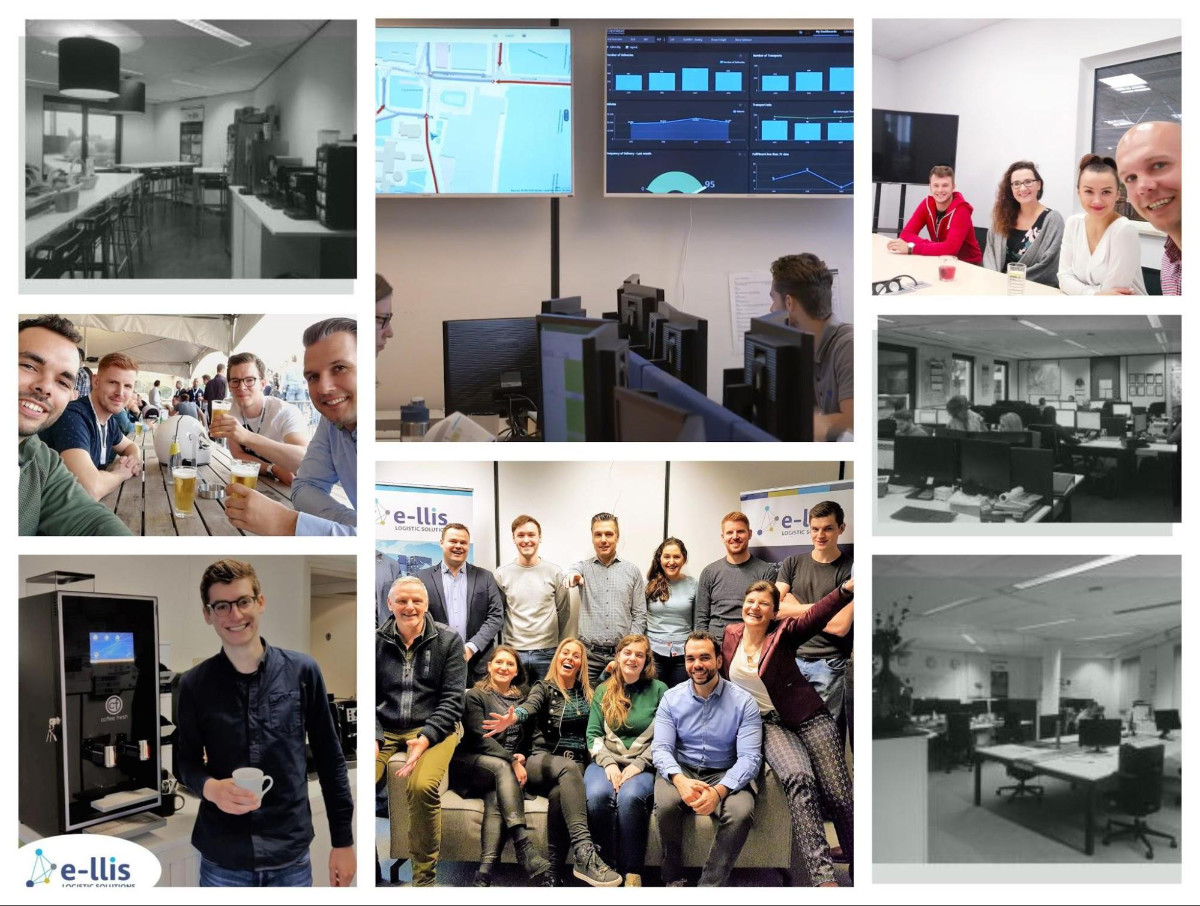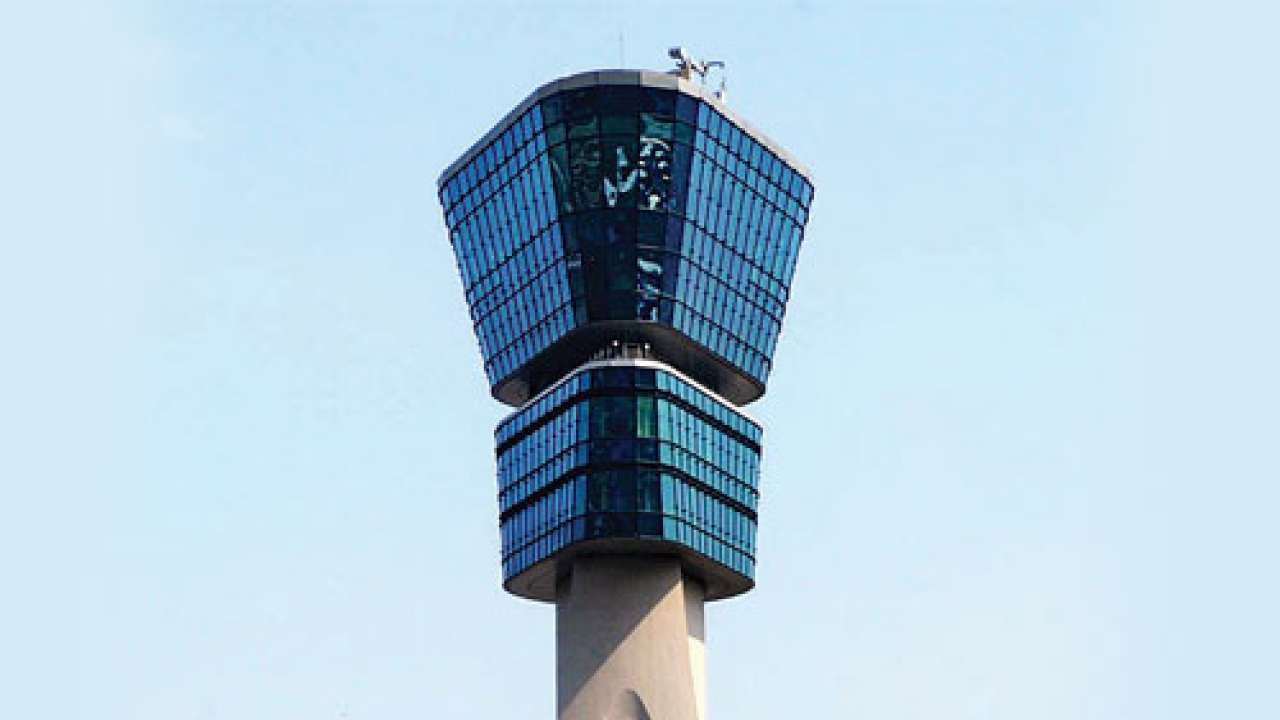

Transportation Secretary Drew Lewis organized for supervisors, non-striking controllers, and military controllers to replace the strikers in manning airport towers. Meanwhile, the FAA quickly put contingency plans in place to minimize the effects of PATCO’s strike. PATCO failed to foresee that the administration would not honor the ‘historically accepted’ guidelines for treatment of illegally striking workers. Until President Reagan’s ultimatum, union members hadn’t even considered him an adversary, but rather had purely seen the strike as one against the FAA, an unfair employer. Nevertheless, government unions had declared approximately 22 unauthorized strikes in recent years without incurring penalties-including two ‘sick-outs’ staged by air traffic controllers in 19. “They are in violation of the law,” he said, “and if they do not report within 48 hours, they have forfeited their jobs, and will be terminated.” It was true that the controllers, as federal employees, were in violation of the no-strike clause of their contracts. About 6,000 flights – nearly half of the daily load-were immediately cancelled.įour hours after the strike, President Ronald Reagan strode into a press conference in the White House Rose garden and issued one of the defining statements of his presidency, in which he declared the PATCO strike to be in violation of a 1955 law banning strikes by government unions, and ordered members back to work. When contract negotiations proved unfruitful, PATCO members finally walked off the job on the morning of August 3. When the FAA put forth a $40 million counteroffer, including a shorter workweek and slight pay hike for some controllers, PATCO members rejected it. However, the federal government had balked at the package, which had a $770 million price tag. In actuality, negotiations between PATCO and the Federal Aviation Administration (FAA) –which employs air-traffic controllers-had begun as early as February. They also believed that they held the upper hand since if they were not on the job, airplanes would have a hard time flying passengers and goods anywhere.

Controllers maintained that their demands deserved consideration, and pointed to the highly stressful nature of their job as proof. However, in a move to focus on solely economic goals rather than a revamped work culture or genuine self-management, PATCO President Robert Poli demanded a wage increase of $10,000 a year for controllers, a reduced 32-hour four-day workweek, and a better benefits package for retirement. And that the FAA neglected serious deficiencies in staffing levels and hardware reliability.That the FAA’s approach to supervision and to union-management relations undermined morale and the safety of the system.That their work week was unreasonably long, especially in comparison to the hour worked by their overseas counterparts.Rank and filers maintained that their work was seriously undervalued and under-rewarded.The union intended the strike to address four main concerns:
#Contract atc tower salary professional#
On August 3, 1981, nearly 13,000 of the 17,500 members of the Professional Air Traffic Controllers Organization (PATCO), a United States trade union, staged a walkout and strike.


 0 kommentar(er)
0 kommentar(er)
